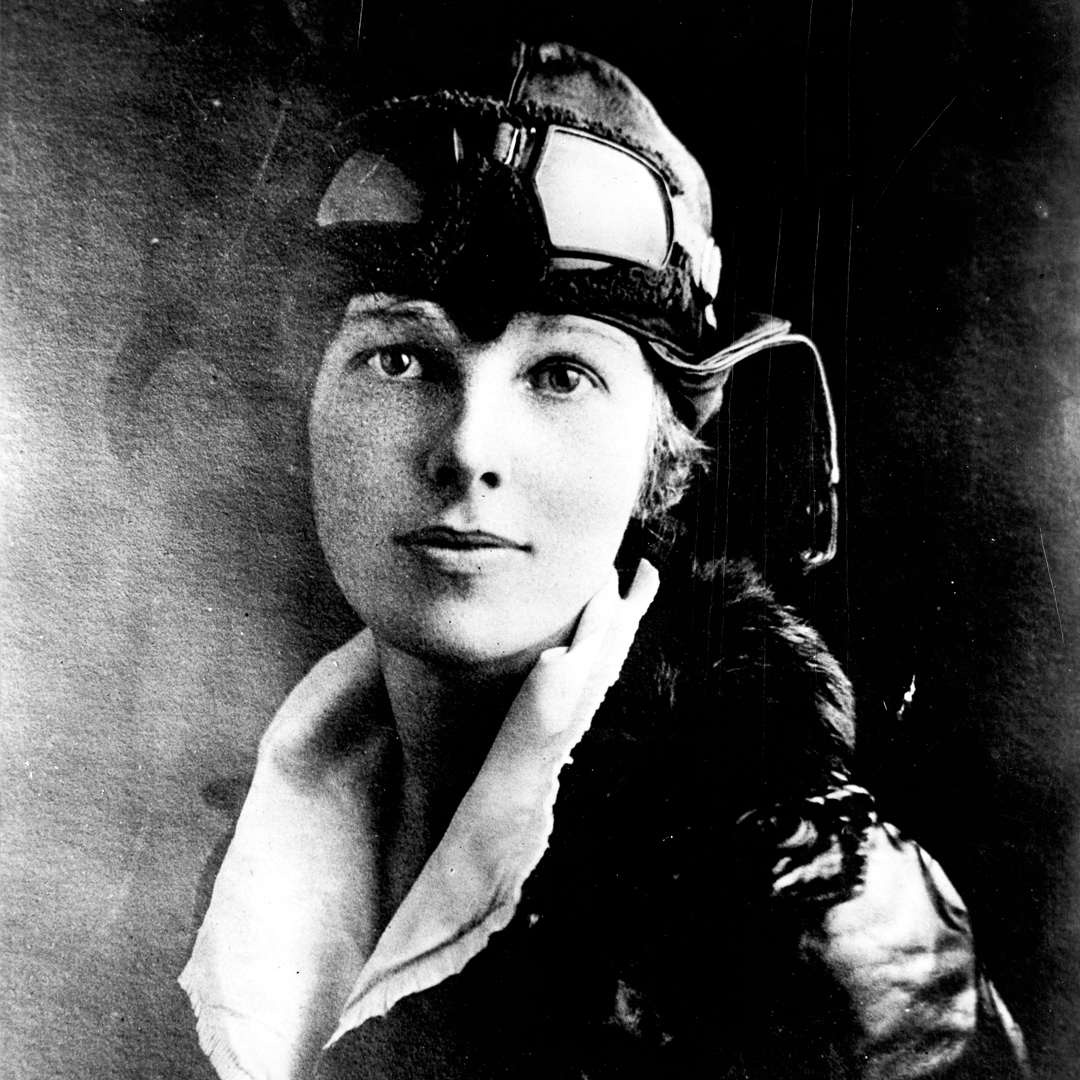In 1932, Amelia Earhart achieved the historic feat of becoming the first woman to fly solo across the Atlantic, marking a milestone nearly a century ago. However, a mere five years after this celebrated solo flight, the renowned American aviatrix disappeared over the Pacific Ocean while attempting to circumnavigate the globe by plane.
A latest team to join the search, consisting of underwater archaeologists and marine robotics experts from Deep Sea Vision, an ocean exploration company in Charleston, South Carolina, claims to have discovered a potential clue that could shed light on Amelia Earhart’s disappearance. Using sonar imaging, a technology that utilizes sound waves to map the ocean floor, the team identified an anomaly in the Pacific Ocean, more than 16,000 feet (4,877 meters) underwater, resembling a small aircraft. The group speculates that this could be the Lockheed 10-E Electra, the 10-passenger plane piloted by Earhart when she vanished while attempting a global flight.
Deep Sea Vision announced the find through an Instagram post on Saturday, writing: “Some people call it one of the greatest mysteries of all time, I think it actually is the greatest mystery of all time. We have an opportunity to bring closure to one of the greatest American stories ever.”
Despite ongoing efforts by researchers who claim to have possibly located the wreckage of Earhart’s plane at the Pacific Ocean’s depths, the mystery surrounding her disappearance endures, remaining unsolved to this day.
Here are five intriguing theories surrounding the disappearance of Amelia Earhart:
Crash-and-Sink Theory: Amelia Earhart embarked on her historic solo flight across the Atlantic in 1932. However, five years later, she vanished during an attempt to circumnavigate the globe. According to the crash-and-sink theory, Earhart, low on fuel and struggling to locate Howard Island, crashed into the open Pacific Ocean and drowned. Despite a substantial $4 million rescue effort authorized by President Franklin D. Roosevelt, no trace of Earhart, her plane, or navigator Fred Noonan was ever found.
Landed on the Wrong Island: As Earhart faced diminishing fuel, the possibility of a safe landing became critical. One theory suggests that she successfully landed her aircraft but not on Howard Island, as planned. Instead, the International Historic Aircraft Recovery Group proposes that Earhart landed on Gardner Island, now known as Nikumaroro. Unfortunately, without the discovery of her plane, this theory remains speculative, leaving the fate of Earhart uncertain.
Captured by the Japanese: A mysterious photograph found in the National Archives depicting a woman resembling Earhart near a man resembling Noonan fueled the theory that they landed in the Marshall Islands and were captured by the Japanese. Despite assertions from Japanese authorities denying any record of their capture, the photograph adds intrigue to the controversial notion that Earhart and Noonan were held captive.
Spy Mission Gone Wrong: Speculation surrounds the possibility that Earhart’s flight was not just a solo endeavor but a government mission to document Japanese island installations. According to Randall Brink’s theory in the book “Lost Star,” Earhart may have been detected by the Japanese, leading to a tragic end such as being shot down or forced to land.
Survived and Assumed a New Identity: In a remarkable twist, Joe Klass’s theory in “Amelia Earhart Lives” suggests that Earhart survived her Pacific Ocean plane crash, was taken by the Japanese, rescued by US forces, and then assumed the identity of Irene Bolam. However, this sensational claim faced opposition when the real Irene Bolam vehemently denied such allegations in a lawsuit, leaving this theory in the realm of conspiracy.
However, these are only conspiracy theories with no proof to verify any of the claims.







